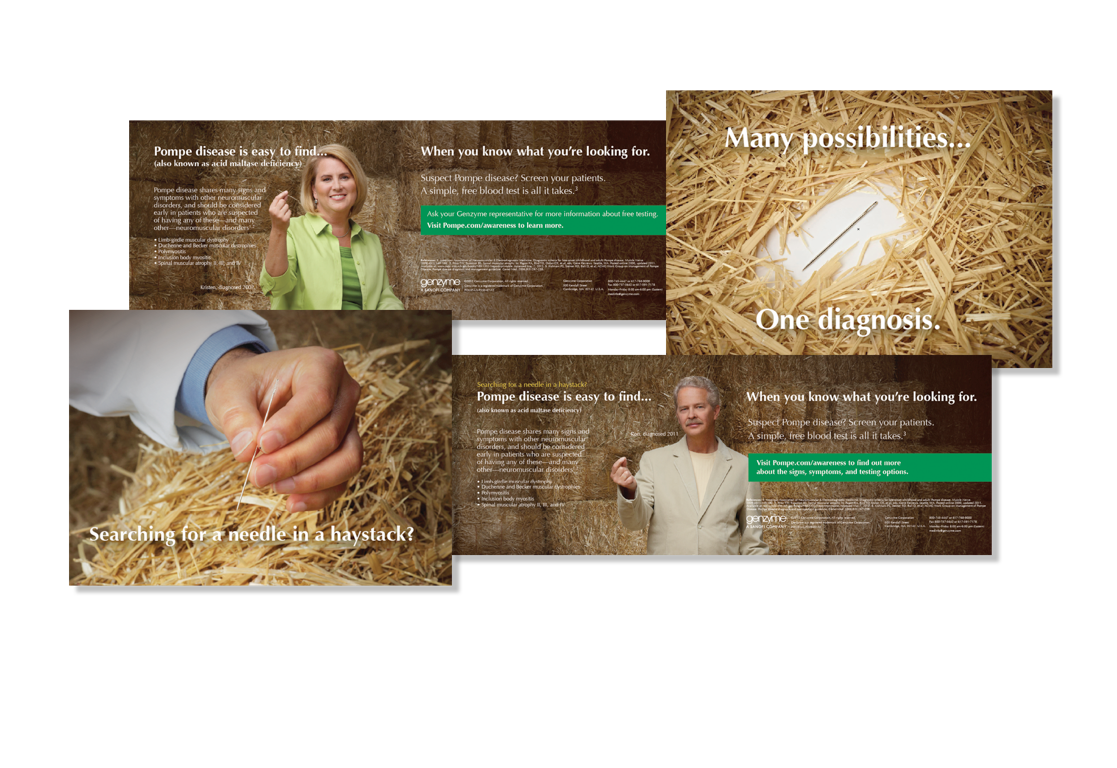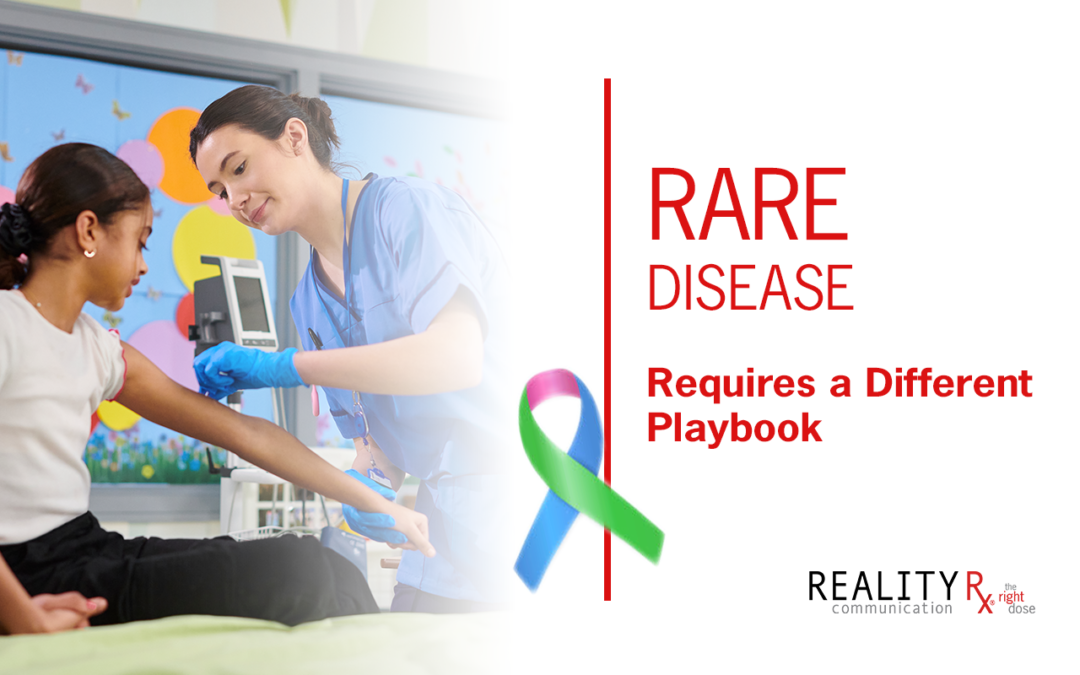There are over 7,000 known rare diseases, and only a small percentage have been studied—even fewer have one or more therapies to treat patients. The Orphan Drug Act of 1983 was designed to dramatically increase R&D for new therapies by providing federal funding, tax credits, and exclusive marketing rights for 7 years. Since 1983, many biotech companies have entered the market seeking to develop and commercialize new drugs.
When a rare disease therapy is approved, drug launch and promotion can look very different from traditional big pharma brands. The first difference is that the therapy treats a rare disease—not cholesterol or type 2 diabetes. This means only a small number of patients. In some cases, the disease may be ultra-rare—very few patients. With so few patients, you can be sure that the overwhelming majority of physicians have not diagnosed or treated this disease. And this is important—they never will.

Most physicians will never see a single case, and the few who do, after an initial attempt to diagnose a rare disease they know nothing about, will refer the patient to a specialist, who may also not be able to make a diagnosis, and they will refer to another specialist—until the patient is (hopefully) correctly diagnosed and treated (if there is an approved therapy).
This is the first reason that promoting a rare disease therapy requires a different playbook. Sales representatives? Visual aids? The market is too small. The truth is, most physicians do not have the time or interest in being informed about a disease/patient they will likely never see.
It turns out that the most important segment for promoting a rare disease therapy is the rare disease community. Because they are living with a rare disease, usually a disease no one has heard of, with very few patients and often with no approved therapies, rare disease communities form and support each other, sharing experiences and information. Unlike patients in general, rare disease communities are extremely informed about their disease, more than most physicians they encounter.
By the time a new therapy is approved for their rare disease, the community already knows about it, are looking forward to it, and may have taken part in the clinical trials. Likely, the clinical data has been shared and discussed by patients and caregivers in multiple forums. The community is eager and excited about a new therapy, anticipating that it will have a critical impact on their lives, their quality of life, and in many cases, help extend their lives. The patient/caregiver’s knowledge and expectations create an important distinction in the way rare drug therapies are promoted—the tone should be respectful, educational, collaborative—rare disease communities do not appreciate a “hard sell” approach for a therapy they so desperately need. They look to a drug company to “help” them, partner with them, not to sell them.

Getting to know and interviewing rare disease patients can help understanding their perspectives and needs. Every rare disease is different, and each patient journey is different. Answers to the following questions can help frame out the challenge ahead:
- How long is the journey to diagnosis for patients with this rare disease?
- How many patients are diagnosed, misdiagnosed, undiagnosed?
- Does this rare disease present in children or adults?
- Is this therapy the first in class or one of many?
- Is this rare disease community well organized and integrated?
- Does this rare disease have high/low awareness (physicians and patients)?
- What specialists are more likely to make a correct diagnosis (and which are not)?
One of the many challenges for patients with rare diseases is being misdiagnosed. It creates a whole new set of problems because at that point, the patient is not properly treated, yet the specialist believes that nothing more can be done. When a high number of patients in a rare disease category are misdiagnosed, there are specific strategies—both professional and patient—that can help patients find their way to the correct diagnosis.
At REALITYRx, we have extensive experience helping drug companies launch orphan drugs and build bridges with rare disease communities. Reach out to us and we will offer you some initial thoughts and perspective about the strategies and tactics we recommend.

